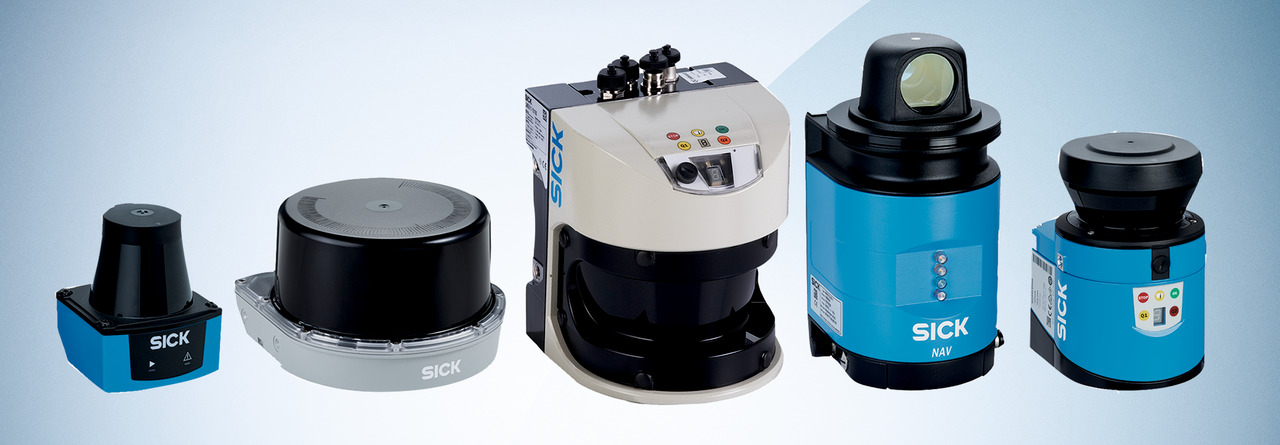Do you know how 2D LiDAR can benefit your operations? We break down the advantages of 2D LiDAR vs 3D LiDAR
To use 2D LiDAR or 3D LiDAR: that is the question. LiDAR is used throughout the manufacturing industry in numerous applications. However, some believe that 2D LiDAR is not a beneficial technology and 3D should be the preferred choice.
While 3D LiDAR has advanced capabilities and is often preferred for applications that require a more comprehensive understanding of the environment, 2D LiDAR remains valuable for several reasons.
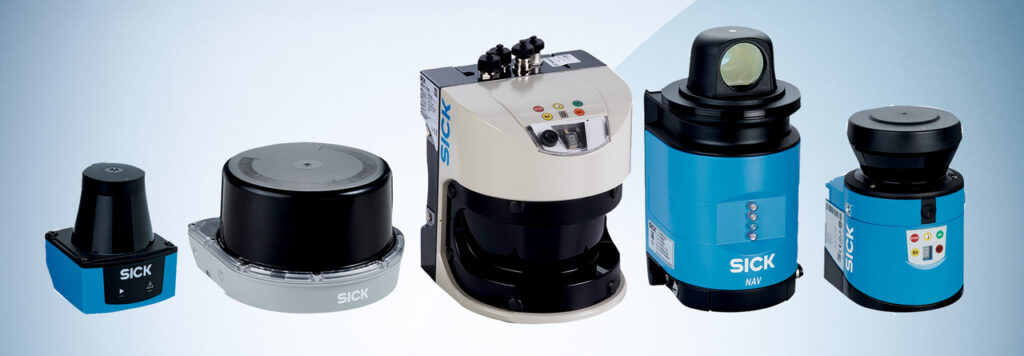
Cost Effective and Simple
2D LiDAR systems are generally more affordable than 3D counterparts. This cost advantage makes it a practical choice for applications with budget constraints, where the full capabilities of 3D LiDAR may not be necessary.
The technology typically uses a single laser to scan the environment in a 2D plane, making the hardware less complex and more affordable. Analyzing and processing 2D data is computationally less demanding than processing 3D data. This simplicity in data processing contributes to lower costs in terms of both hardware and software requirements.
2D LiDAR is suitable for certain applications and industries where a full 3D representation is not necessary. For example, in robotics, factory automation, and certain navigation scenarios, a 2D view of the environment may be sufficient, leading to cost savings.
Real-Time Processing
As mentioned previously, the analysis and processing of 2D data is less demanding than 3D data. This makes it the ideal choice in applications requiring real-time and fast data processing. This can be crucial in scenarios where rapid decision making is essential.
Since these systems are simpler in design and operation, that also tends to make it more robust and reliable in certain scenarios. The simplicity can be an advantage in applications where the environment is less dynamic, and a straightforward obstacle detection is sufficient.
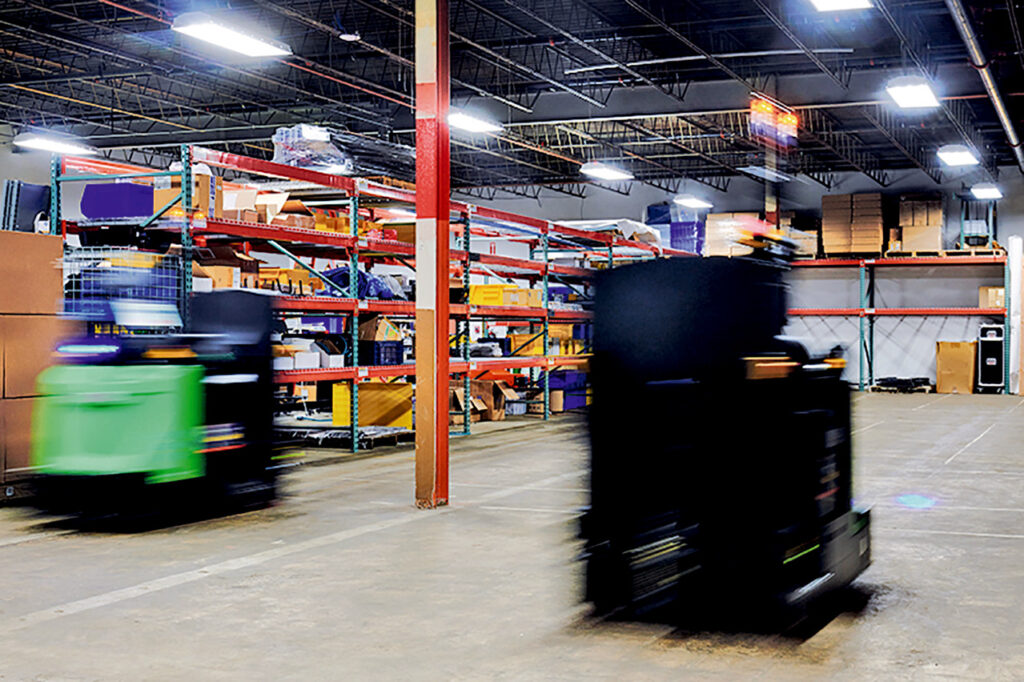
Proven Technology for the Industry
2D LiDAR technology has been in use for a longer period, and its reliability and performance are well-established. For certain applications, particularly those with a long history of using 2D LiDAR, there may be little incentive to transition to 3D LiDAR if the existing technology meets their needs.
SICK has been developing LiDAR technology for decades and continues to innovate it to meet manufacturer’s changing needs. For example, SICK’s most recent 2D LiDAR product is the picoScan100.
With a large scanning range, fine angular resolution, and high sensitivity, the picoScan100 2D LiDAR sensor, successor of the TiM series, is setting new standards. It also reliably detects small and dark objects. The sensor delivers exact measurement data and features integrated processing of data that is transmitted through various communication interfaces.
The compact picoScan100 equipped with multi-echo technology has a rugged housing and ensures reliable measurement results even under harsh ambient conditions. It can be used in demanding industrial applications both in- and outdoors. The picoScan100, available in three variants (Core, Prime and Pro), can also be adapted with other features to meet individualized requirements.
Ideal Applications for 2D LiDAR
Some applications do not demand the full three-dimensional mapping capabilities of 3D LiDAR. For instance, in certain industrial settings, where the primary concern is detecting obstacles or monitoring specific areas, 2D LiDAR can provide the necessary information without unnecessary complexity.
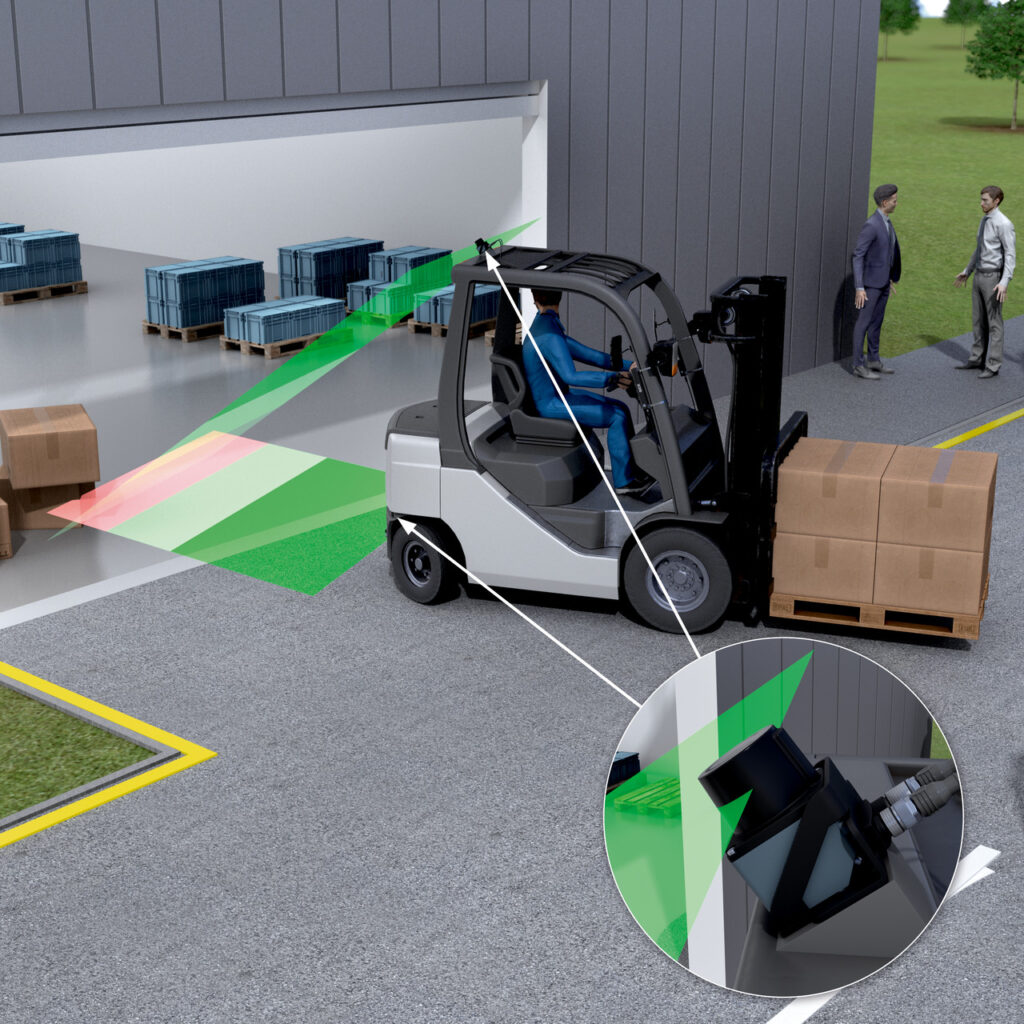
Robotics – 2D LiDAR is extensively used in robotics for navigation, obstacle detection, and mapping. Mobile robots and autonomous vehicles often incorporate 2D LiDAR sensors to perceive their surroundings.
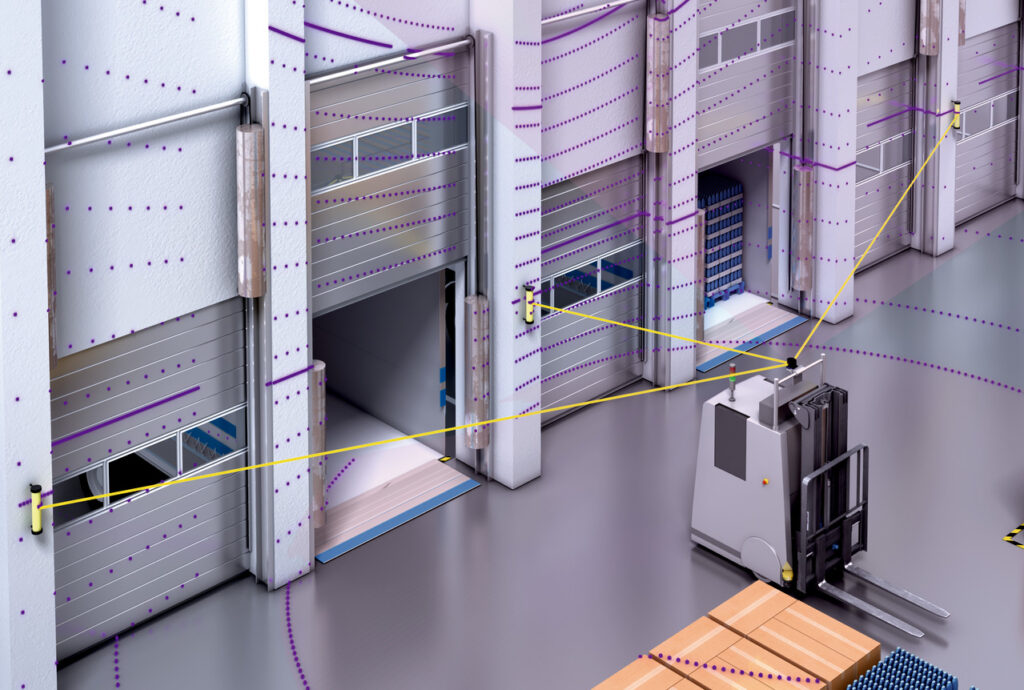
Manufacturing and Factory Automation – Industrial robots and automated machinery in manufacturing facilities utilize 2D LiDAR for tasks such as material handling, quality control, and ensuring the safety of workers by detecting obstacles.
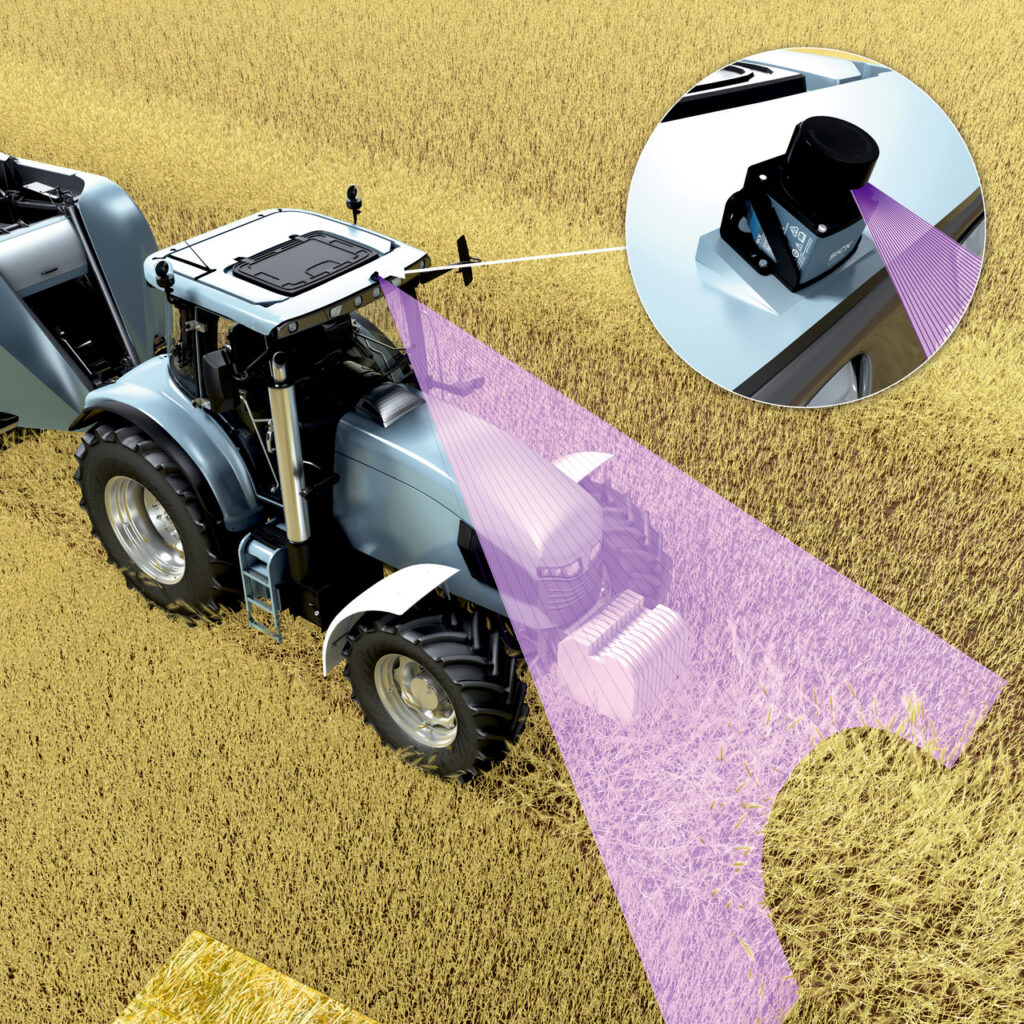
Agriculture – In precision agriculture, 2D LiDAR sensors are employed for tasks like crop monitoring, autonomous tractors, and the navigation of agricultural vehicles. They assist in mapping the terrain and detecting obstacles in the field.
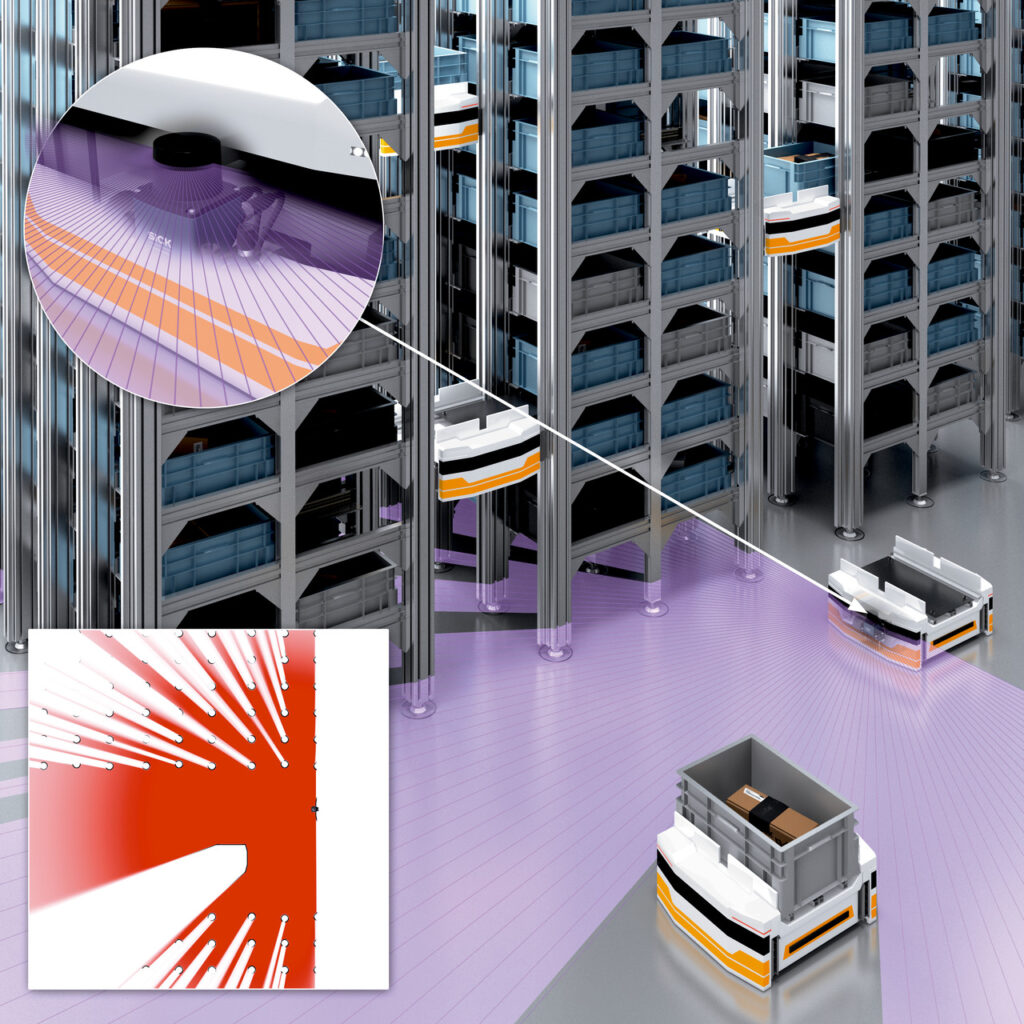
Logistics and Warehousing – 2D LiDAR is used in logistics and warehouse environments for inventory management, automated guided vehicles (AGVs), and optimizing the movement of goods within a facility.
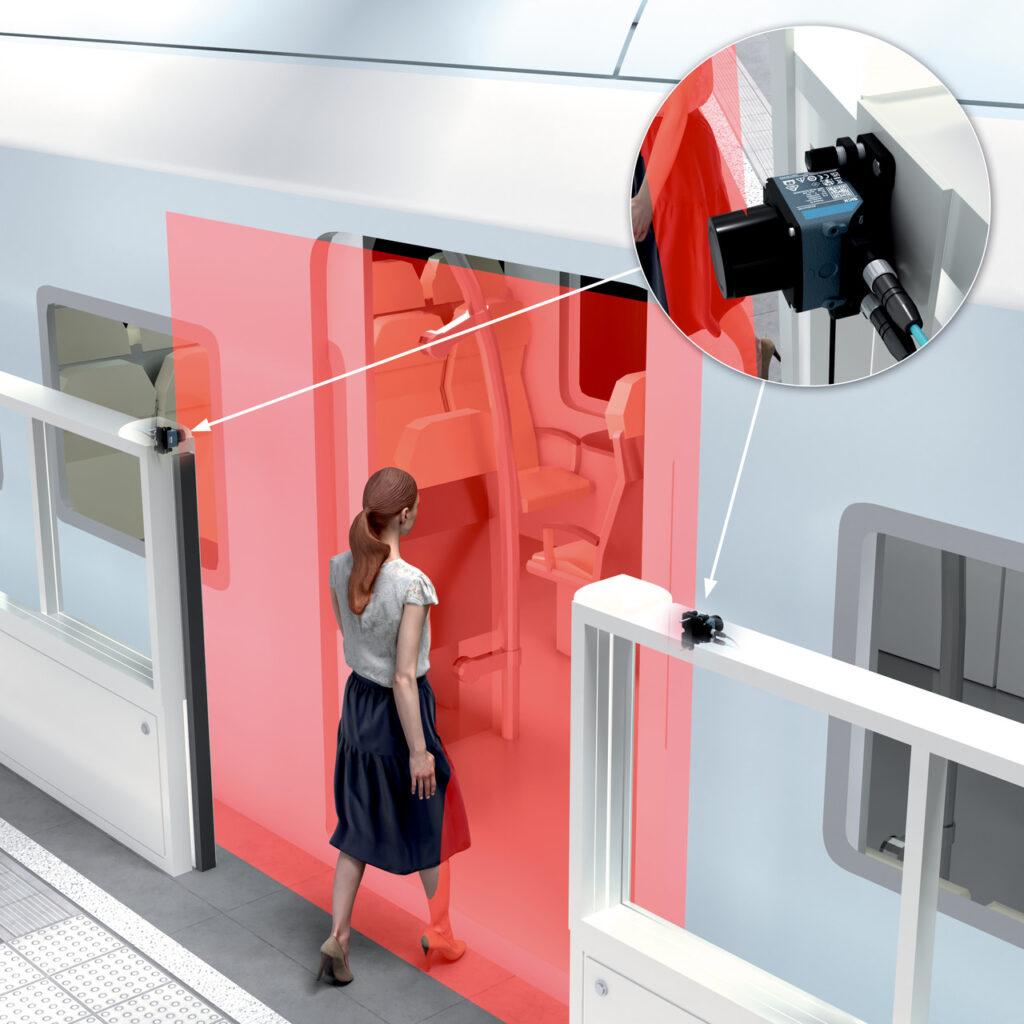
Traffic Management – 2D LiDAR plays a role in traffic monitoring and management systems. It helps in vehicle and pedestrian detection, as well as in controlling traffic signals and optimizing traffic flow.
While 3D LiDAR is used widely across numerous applications, 2D LiDAR remains relevant and valuable in specific contexts where its cost-effectiveness, simplicity, and proven performance make it a practical choice. The choice between 2D and 3D LiDAR depends on the specific requirements of the application and the trade-offs between cost, complexity, and performance.


